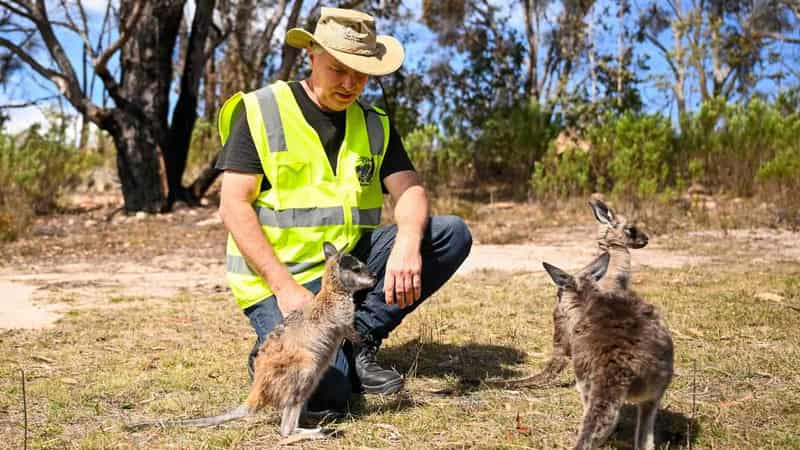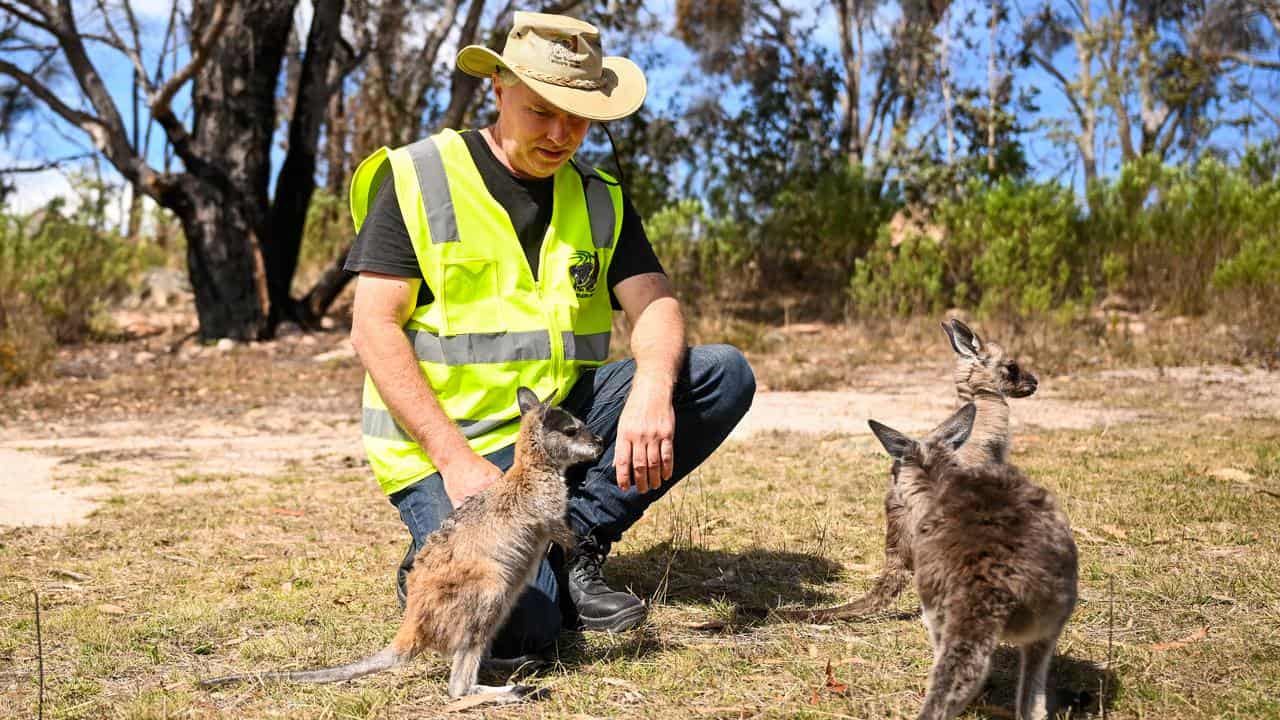
It was so silent in the aftermath of the bushfires that James Fitzgerald began describing his wildlife sanctuary as a ghost forest.
It had been a rowdy place - alive with the hum and thrum of insects, the guttural bellows of frisky koalas, and a riot of boisterous birds.
But the flames took everything and turned the 730-hectare property into a soundless void.
"All of the music and movement was missing. You didn't see a bird. You didn't see anything. It was just total silence," Mr Fitzgerald recalls.
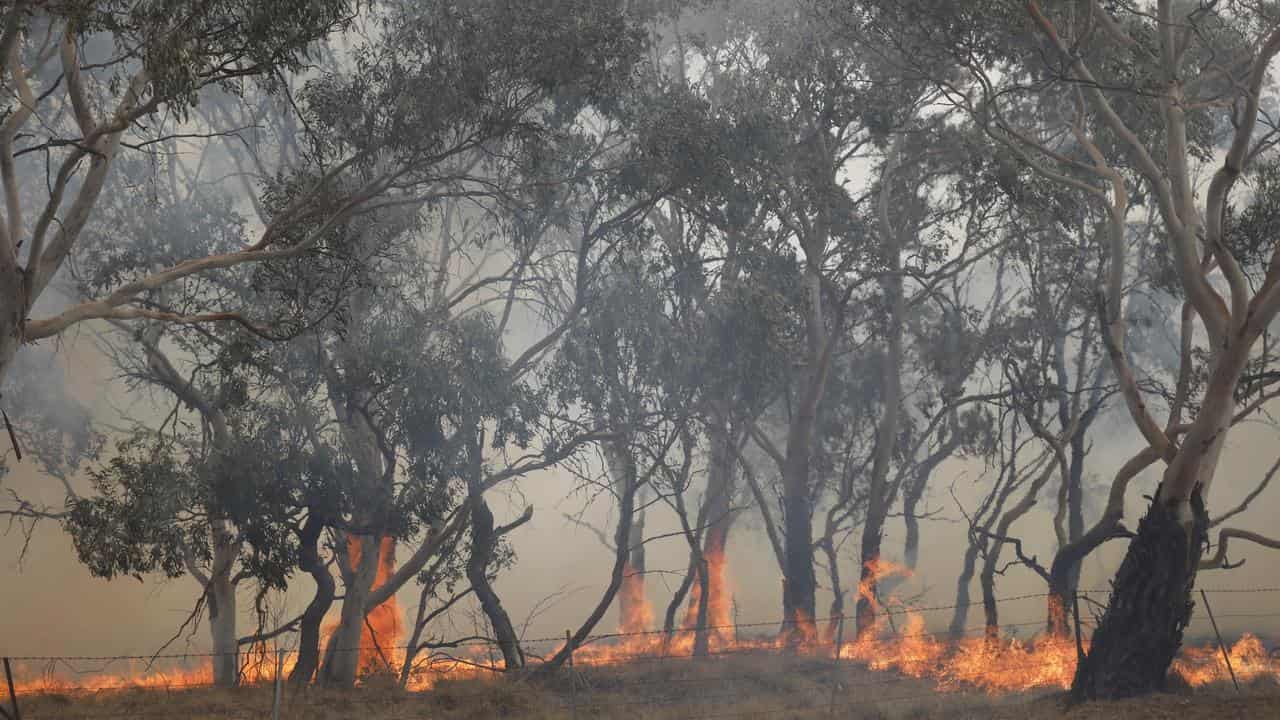
In the days after the inferno, he and his ecologist friend Romane Cristescu were out looking for injured wildlife when the hush was broken by a light thud.
"This very young swamp wallaby hopped straight towards Romane and just jumped into her arms," Mr Fitzgerald says.
"You could see its ribs. We think what happened is that mum had been killed in the fire but the pouch protected the joey.
"We think we were the first movement that animal had seen in this ghost forest. It didn't know enough about the world yet, so it just ran to her. That one did live."
Almost four years have passed since that extraordinary encounter and life continues to return to the Two Thumbs Wildlife Sanctuary near Bredbo, south of Canberra, in NSW.
Just last week, Mr Fitzgerald was thrilled to spot a Rosenberg’s goanna - a large, pretty-faced reptile vulnerable to extinction - deep inside the regenerating forest. Many of the birds are back too, and some of the marsupials.
But they continue to suffer the loss of what was lost in January 2020. Almost every hollow-bearing tree was destroyed, along with ground-level shelters that used to exist in and under logs.
Survival is a whole lot harder without those places of refuge and breeding is impossible for hollow-dependent species including gang-gang cockatoos, antechinuses, greater gliders, sugar gliders, feathertail gliders, a multitude of birds - the list goes on.
That's why high-tech replacements are going in, to give at least some of the animals a chance to boost their numbers before the next big fire comes. Because with climate change, it surely will.
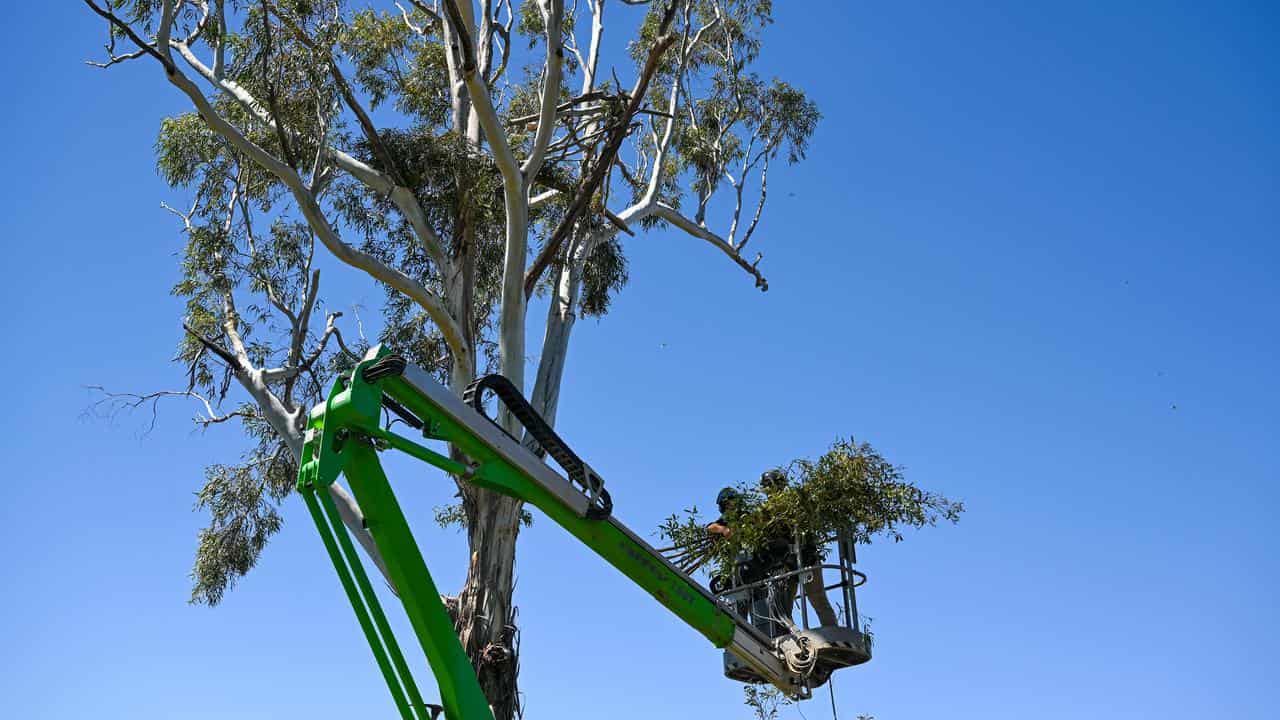
Raptor recovery platforms have been installed in the few tall trees that remain, giving birds of prey a stable place to build their nests.
Marsupial dens that look a bit like small, overturned dinghies, have been installed on the ground, and carefully covered with rocks and branches.
And heat-tolerant habitat nesting boxes, made from a glass-filled polymer, have been scattered across the property, attached to trees that are resprouting after the fires.
The new infrastructure has been funded by the International Fund for Animal Welfare, and Mr Fitzgerald is incredibly grateful for the help.
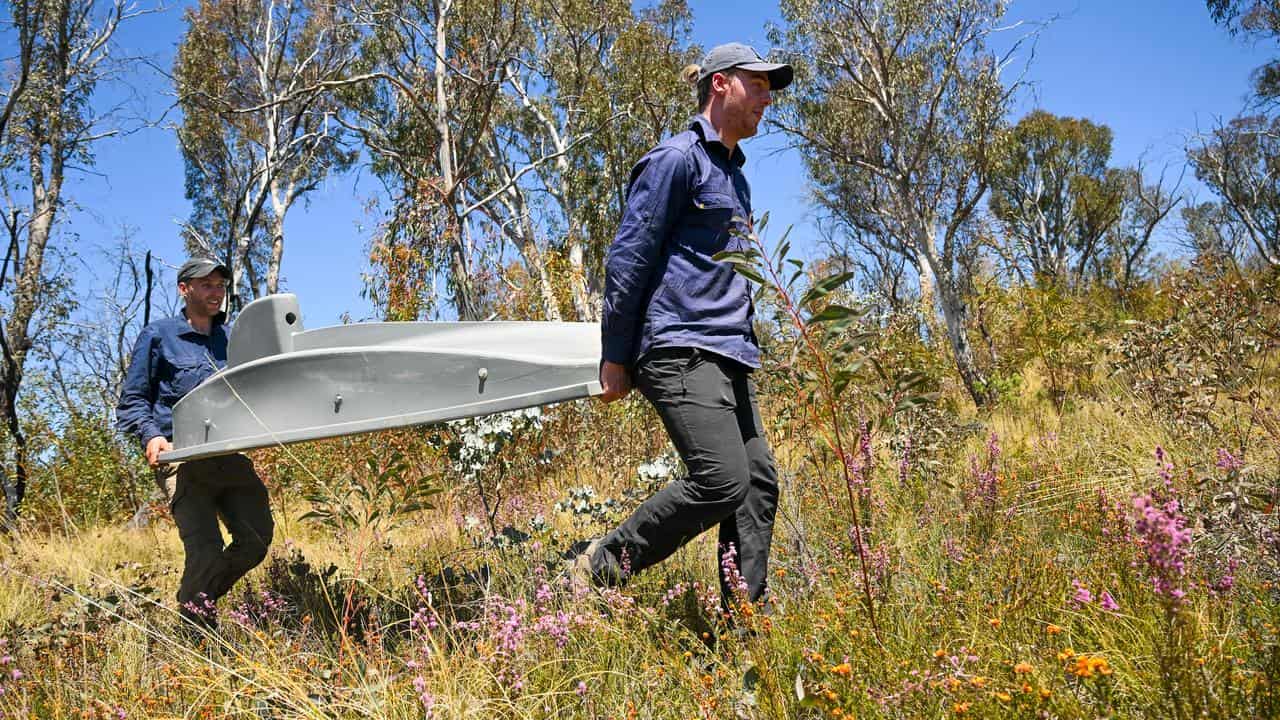
But he wants Australian politicians to grasp the urgent need for wildlife infrastructure across entire landscapes that burned in the Black Summer of 2019-2020.
"The reason we've got a small number of survivors out there is because we had healthy populations before the fires," Mr Fitzgerald says.
"With climate change, these fires are becoming more frequent. We can't wait 100 years or more for those hollows to come back naturally.
"If we don't do something to get shelter out there - across the whole fireground landscape - you're going to get localised extensions.
"If there's only ten or 20 per cent of the animals left in a habitat, it'll be quite easy for another fire to take them out."
The fund's wildlife campaign manager Josey Sharrad shares his concerns and says Two Thumbs is proof of what can be achieved.
"Every time we go back, there are more signs of life in terms of the bush bouncing back, but also the sounds of animals.
"When we first went there, it was deadly silent. It's a slow process but it's definitely on the road to recovery."
Cameras are documenting the return of life and footage of some of 125 nest boxes installed in May shows sugar gliders and rosellas have taken up residence.
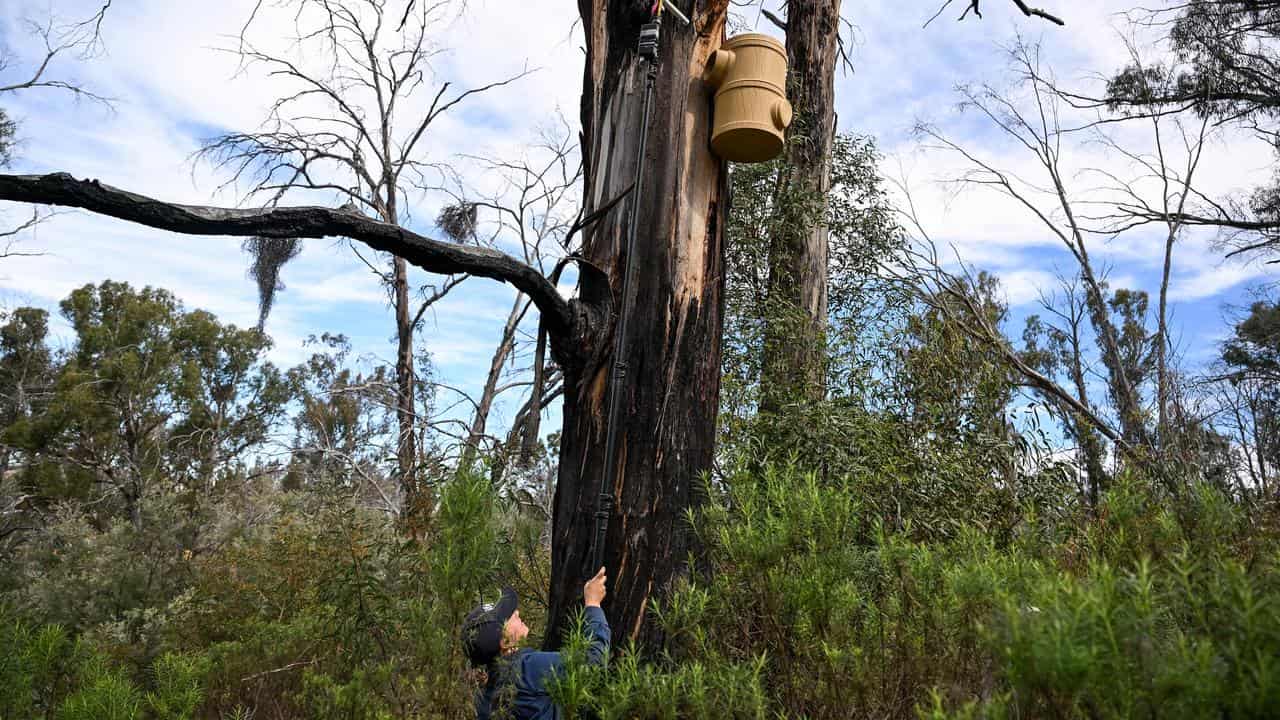
"It was just so lovely to see because you never know how long it will take for animals to move in, or if they will at all. That was a really quick take up rate, so they're obviously looking for safe places to set up home."
Carl Tippler is the principal ecologist at Habitat Innovation and Management, the company that designed and manufactured the artificial structures installed at Two Thumbs.
He agrees there's a desperate need for wildlife infrastructure to plug the gap the fires have left in the landscape.
Using the NSW government's vegetation condition benchmarks, he conservatively estimates Two Thumbs is now missing about 4000 hollow-bearing trees across its 730 hectares.
The CSIRO says 24 million hectares of Australia burned during the summer of 2019/20, so the national loss is clearly staggering in scale.
Mr Fitzgerald hopes politicians will hear the urgency in his appeal, and look to Two Thumbs as an example of what can be done, if the will is there.
"If the federal government or states could put funding together for materials, people would volunteer their time. But it needs coordination because it's needed across massive areas," he said.
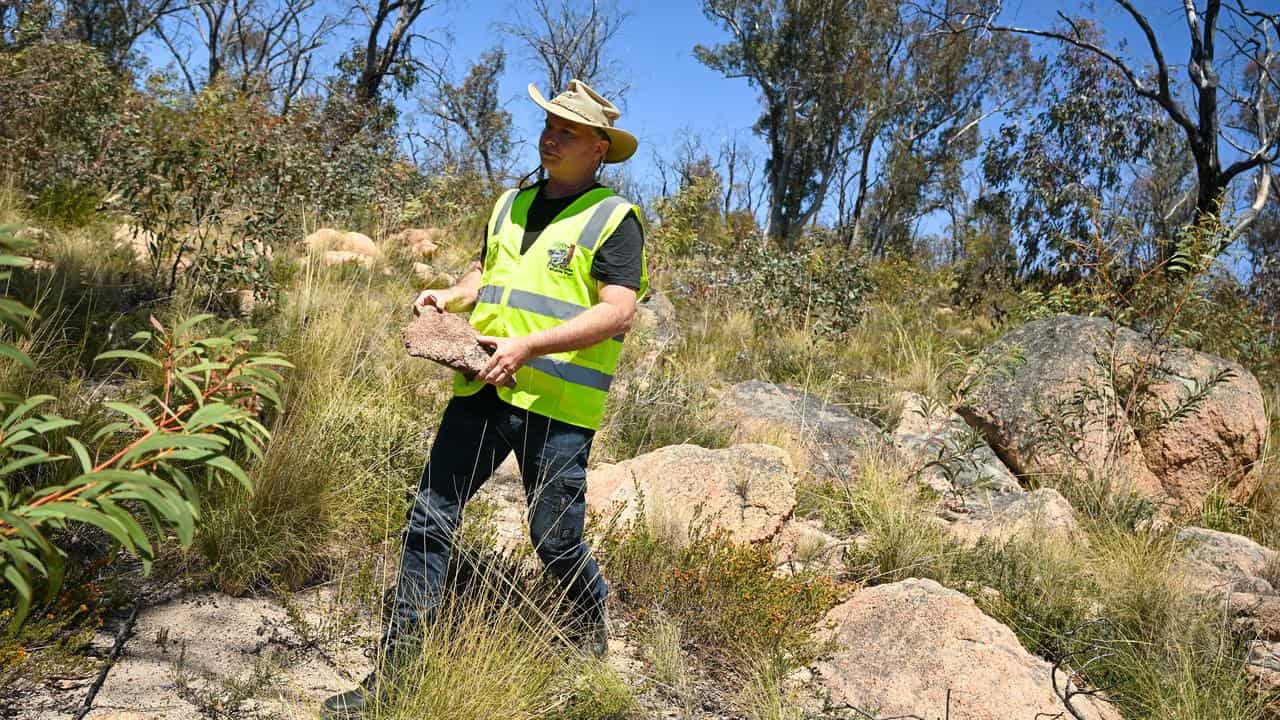
The wildlife campaigner and carer knows a thing or two about willpower.
Mr Fitzgerald's still living in a shipping container after the fires that ravaged Two Thumbs also took his house, and killed the koalas he had in care at the time.
He's chosen to plough money into wildlife rehabilitation, and restoring animal homes rather than worrying too much about his own.
He's also contributed to a memorial at the Bredbo pub in honour of American firefighters Ian McBeth, Paul Hudson, and Rick DeMorgan Jr, who died when their air tanker crashed while trying to protect the sanctuary.
Mr Fitzgerald believes there's great healing to be had in such acts of service.
"There's there's a lot of people who would like to see something happen. To see a bird come back, or a greater glider, it is a lift. And there's a lot of people who need that little lift.
"There's so many species of birds and marsupials that can't have their babies. And they don't have 100 years to wait for a hollow."
